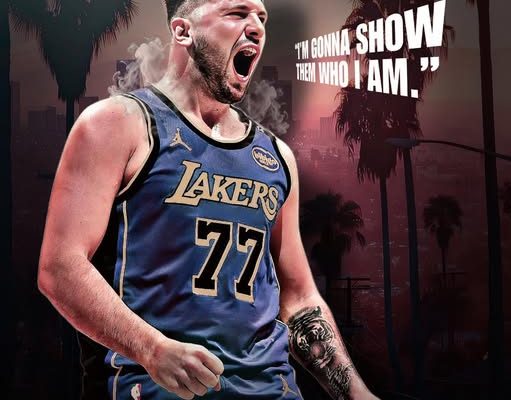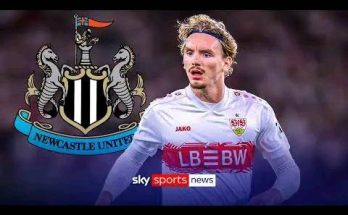“He’s only looking forward. And he’s here. He wants to get the best players here. He wants to win, and he knows it starts with him,” Seager said. That sentence alone paints the portrait of a man determined to reshape not only the perception of his leadership but also the entire future of his organization. There’s a specific kind of quiet resolve that rarely makes headlines but does all the heavy lifting behind the scenes. It’s the kind of focus that doesn’t require a camera or a microphone but instead shows itself in the grit of offseason phone calls, long hours in training facilities, and in persuading top-tier talent to believe in something bigger than contracts or market size. That man is no longer simply a talented player in his prime—he’s become the pulse of a franchise. The offseason served as his blank canvas, and now it reflects his commitment to changing the narrative that has long followed him.
The quote wasn’t loud. It wasn’t boastful. But it cut deep. “OK, everyone wants to say or people think that they know me or I’m not a leader or I’m this way, or I’m that way, I don’t care. They can think and say whatever they want.” With those words, he drew a firm line between perception and reality, between external noise and internal mission. This wasn’t just a declaration—it was a dismissal of years of misunderstanding, a direct confrontation with the narrative others tried to box him into. It’s hard to describe just how powerful it is when a star player finally sheds the weight of others’ opinions and fully embraces the role they know they’re meant to play. The shift isn’t just seen—it’s felt throughout the clubhouse, the front office, and the entire fanbase.
Leadership in sports is a curious thing. It’s not always defined by speeches or handshakes in the dugout. Often, it’s the decisions made when no one’s watching, the willingness to challenge front office inertia, and the refusal to let an organization settle for mediocrity. That’s exactly what this offseason proved about him. For years, some questioned his voice—wondering whether his quiet demeanor meant he couldn’t command a room, or whether he was too insular to guide others. But this offseason made it abundantly clear: he doesn’t need to change who he is to lead. Instead, he has brought others into his world, built through trust, preparation, and vision. There is no blueprint to leadership, but what he’s doing now is as authentic and effective as anything you’ll see in modern sports.
The idea that he “wants to get the best players here” isn’t lip service. It’s action. The franchise saw significant movement during the offseason, and every key signing had a common thread—they were driven by belief in his presence, belief in his commitment, belief in the vision he’s quietly championed for years. This wasn’t about assembling a super team for headlines. It was about finding the right pieces to fit a culture that he’s spent years trying to define. There’s something inherently powerful about a player who realizes that being great individually isn’t enough, that true greatness only comes when you elevate those around you. And that’s the version of him that’s now stepping forward.
Teammates have noticed. Coaches have noticed. Executives have noticed. But more importantly, the new standard is unmistakable. He’s not just showing up. He’s setting a tone. And that tone carries over into the smallest details—preparation routines, conditioning expectations, even the mental approach to setbacks. The bar has been raised, not by an outside voice or a new hire, but by a guy who’s been in the trenches, who knows the frustrations of near-misses and the heartbreak of unmet potential. He’s not looking to escape those memories—he’s using them as fuel.



